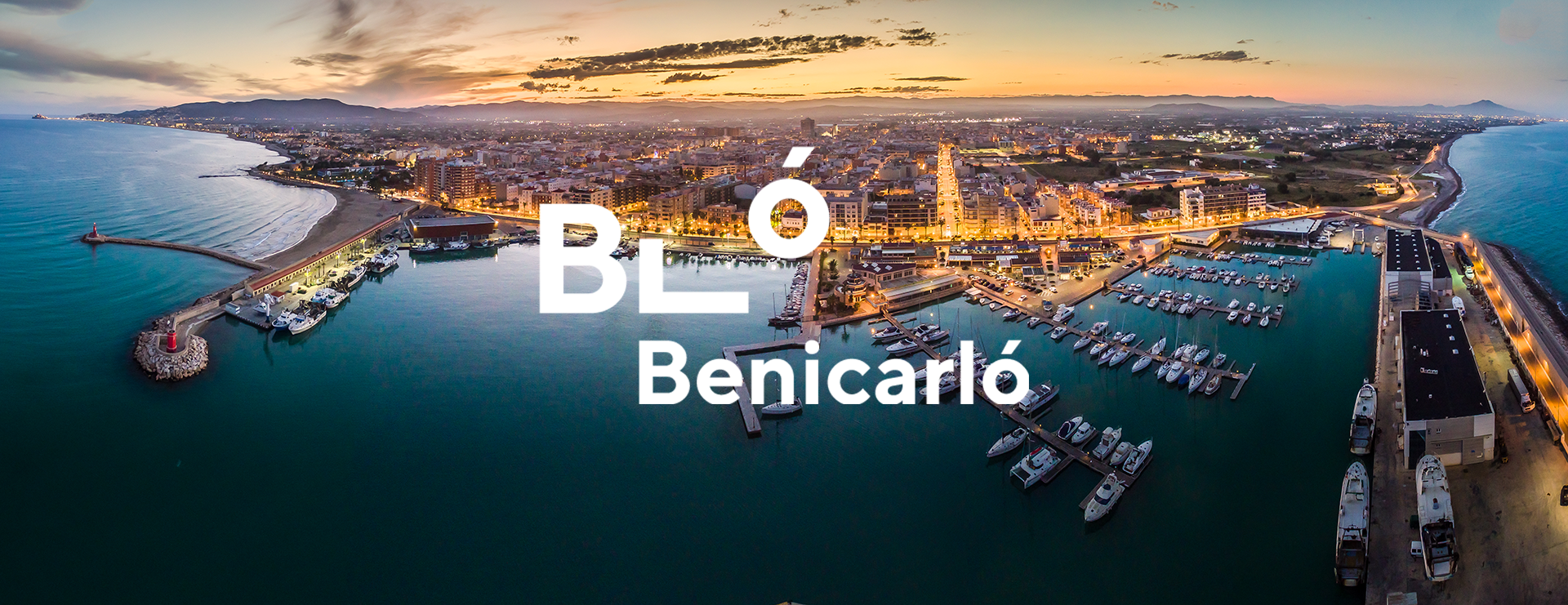
Brief history of Benicarló

The oldest known settlement in Benicarló is the Iberian village of “Puig”, which is located on a hill bearing the same name; the most primitive remains discovered there date back to the end of the Bronze Age or the beginning of the Iron Age (8th century BC).
The present Benicarló was originally a small Muslim farmstead called “Benugazló” or «Benigazlúm». Although in the oldest written records dated 1236 (“Town Charter” issued by Jaime I) it is called «Benicastló». In 1359, Benicastló became independent from Peñíscola. Over this period Benicarló had formed part of the Orders of the Temple and Montesa. Its loyalty to the latter, during the Revolt of the Brotherhoods (1519-1523), led to acquiring the title of town and other privileges among which was being able to celebrate a seven day annual fair for Saint Bartholomew, which is the origin of the present day Patron Saint Celebrations.
With the Reconquista, walls had been built around Benicarló, however, these were destroyed in 1707 during the War of Succession. In 1838, during the Carlist Wars, general Cabrera lost control of the city for a couple of years. The nineteenth century was one of the biggest economic booms for Benicarló with the production and exportation of Carlón wine. As a result of this, in 1883 the Port Company was founded, and three years later building began. Then at the beginning of the twentieth century, the phylloxera crisis killed off all the grapevines.
In 1926, King Alfonso XII awarded Benicarló the title of city. After the Civil War, Benicarló grew considerably due to the high level of industrialization.
